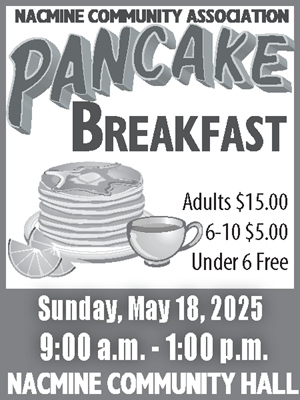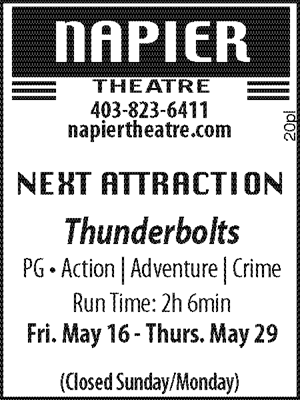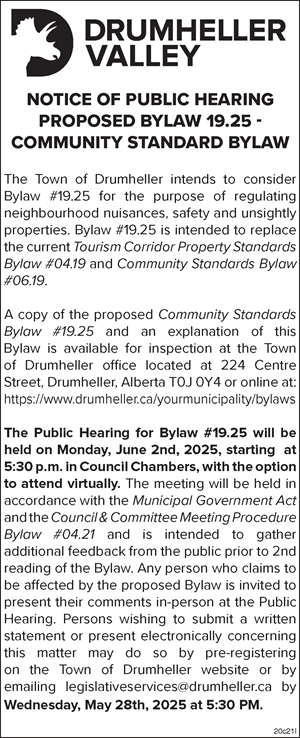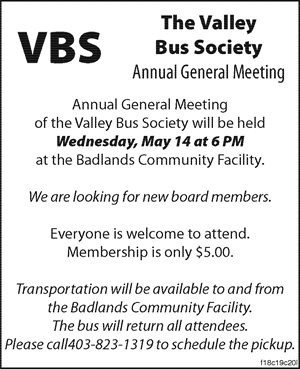The Homestead Museum got a helping hand from the World’s Largest Dinosaur Legacy fund. The Drumheller and District Chamber of Commerce gave $2,000 to the Homestead Museum on October 2.
The money will be going towards some much needed upgrades to the museum’s aging electrical and lighting systems. The total cost of the project is estimated to be $17,000. It is hoped the work will be completed by the time the museum reopens on May 1.
“We’re trying to rally as much money as we can to get it done to do some needed electrical upgrades at the museum. At the time it was built, the codes were different than they are today. Now, things aren’t up to code and we have to upgrade it,” said Homestead Museum manager Gilles Danis.
The Homestead Museum was built in 1965. There have been no upgrades to the building’s electrical systems since it was built.
“In the old days you could put it together and no one would say anything. For instance, we have electrical cords, like extension cords, used instead of actual wiring. When they made the building, they didn’t know where the displays would go, so they were stuck with doing that,” said Danis.
Danis also hopes the lights in the building can be replaced as well. The old lights, based on old mercury vapour, were damaged this summer after a couple severe thunderstorms.
“Early this summer we had a lightning strike near here and it blew the lamps. I can tell you when lightning strikes next to you it’s pretty loud,” said Danis.
One of the problems with the old lights was the amount of harmful ultraviolet light they gave off. Dani is looking to install LED lights in the museum to help preserve the artifacts.
“We want to replace the lighting with LED lights, which is much more appropriate for a museum environment,” said Danis. “There is a problem with them in that they are rich in ultraviolet light, which is harmful to the artifacts. Ultraviolet light is quite strong and it can break down the surface of the artifacts over time,” said Danis.
While the Legacy Fund has given a sizable boost to the not- for-profit Homestead Museum, more money is needed to help get the upgrades done. Danis is looking for more grants, otherwise the Homestead Museum will be forced to take a loan to pay for the upgrades.
The World’s Largest Dinosaur Legacy Fund invests a portion of funds generated by the World’s Largest Dinosaur attraction and Giftshop to enhance and enrich community economic development initiatives in the Drumheller region. To date the Legacy Fund has contributed over $530,000 to an array of worthy community group projects. The next application deadline for projects less than $3,000 will be March 1, 2013.

Gilles Danis (left), manager of the Homestead Museum, accepts a cheque for $2,000 from Heather Bitz, manager of the Drumheller and District Chamber of Commerce, and Ed Mah, president of the Chamber, as part of the World’s Largest Dinosaur Legacy Fund. The money will go towards upgrading the museum’s electrical wiring and lighting. The current wiring does not meet current building codes and the current lighting emits high amounts of ultraviolet light, which can damage the artifacts in the museum.
photo submitted

 After eight months of waiting, concerned residents in Nacmine are feeling more optimistic.
After eight months of waiting, concerned residents in Nacmine are feeling more optimistic.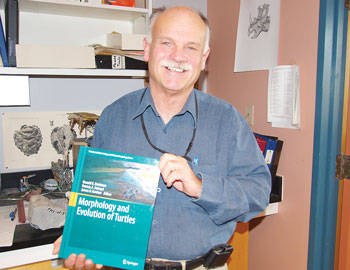 The Royal Tyrrell Museum has once again released a book that serves as a cornerstone for future palaeontological research.
The Royal Tyrrell Museum has once again released a book that serves as a cornerstone for future palaeontological research.











